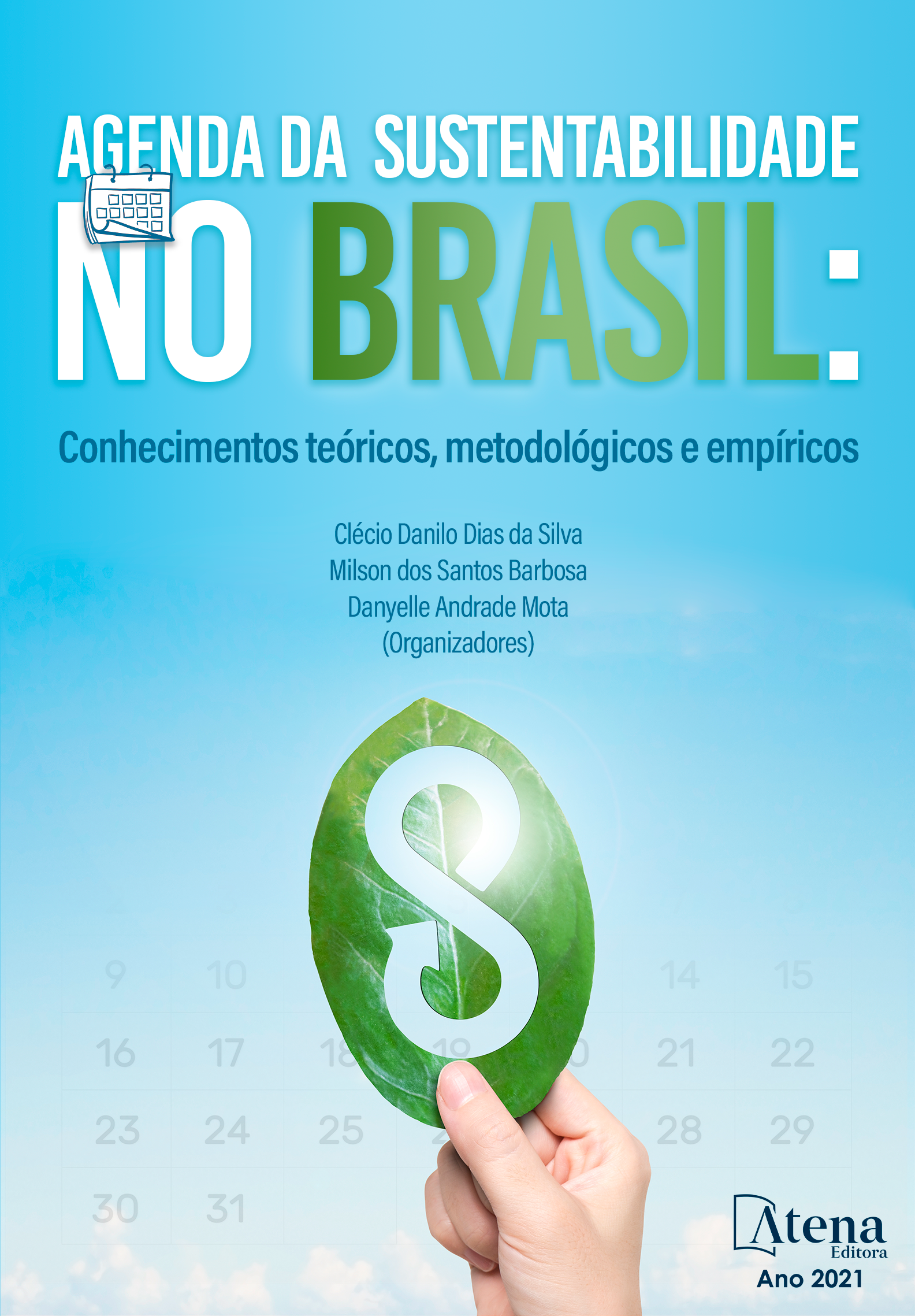
Methodology for Assessing Environmental Efficiency in Municipalities Using Data Envelopment Analysis
The present study aimed at measuring and evaluating environmental efficiency of municipalities located in Araguaia River Valley, in the Goiás State, Brazil. Forty-one municipalities from the river basin adjacent to Araguaia were included, with data of 2014 and 2016. For the analysis, we considered economic and environmental variables and used the Data Envelopment Analysis (DEA) in its CRS and VRS models with standard and normalized composite efficiency, both input-oriented models. Results showed low standard environmental mean efficiency in the CRS model, with the values of 0.45 (2014) and 0.44 (2016); in the VRS model, 0.51 for standard environmental efficiency and 0.58 for normalized environmental efficiency in the year 2014, and standard environmental efficiency of 0.47 with normalized environmental efficiency of 0.54 in the year 2016. This suggests the need for effective governance, with environmental planning, and well-established mechanisms and goals to achieve a desirable environmental efficiency that optimize water and energy consumption, and deforestation reduction, increasing GDP and the Municipal Development Index (IDM). In the comparison between models, VRS, which considers the variation in the normalized scale, because it better discriminates DMUs’ false efficiencies, proved to be the most suitable for analyzing the municipalities’ environmental efficiency.
Methodology for Assessing Environmental Efficiency in Municipalities Using Data Envelopment Analysis
-
DOI: 10.22533/at.ed.25921230816
-
Palavras-chave: Goiás State; sustainability; DEA; CRS model; VRS model
-
Keywords: Goiás State; sustainability; DEA; CRS model; VRS model
-
Abstract:
The present study aimed at measuring and evaluating environmental efficiency of municipalities located in Araguaia River Valley, in the Goiás State, Brazil. Forty-one municipalities from the river basin adjacent to Araguaia were included, with data of 2014 and 2016. For the analysis, we considered economic and environmental variables and used the Data Envelopment Analysis (DEA) in its CRS and VRS models with standard and normalized composite efficiency, both input-oriented models. Results showed low standard environmental mean efficiency in the CRS model, with the values of 0.45 (2014) and 0.44 (2016); in the VRS model, 0.51 for standard environmental efficiency and 0.58 for normalized environmental efficiency in the year 2014, and standard environmental efficiency of 0.47 with normalized environmental efficiency of 0.54 in the year 2016. This suggests the need for effective governance, with environmental planning, and well-established mechanisms and goals to achieve a desirable environmental efficiency that optimize water and energy consumption, and deforestation reduction, increasing GDP and the Municipal Development Index (IDM). In the comparison between models, VRS, which considers the variation in the normalized scale, because it better discriminates DMUs’ false efficiencies, proved to be the most suitable for analyzing the municipalities’ environmental efficiency.
-
Número de páginas: 22
- Reginaldo B. Costa
- Sheyla Thays Vieira Barcelos
- Karoline Borges
- Micaella Lima Nogueira
- Francisco Sousa Lira
- Gabriel Paes Herrera
- Ana Cristina de Almeida Ribeiro
- Romildo Camargo Martins
- Paula Martin de Moraes
- Michel Constantino
- Robert Armando Espejo
- Rildo Vieira de Araújo


